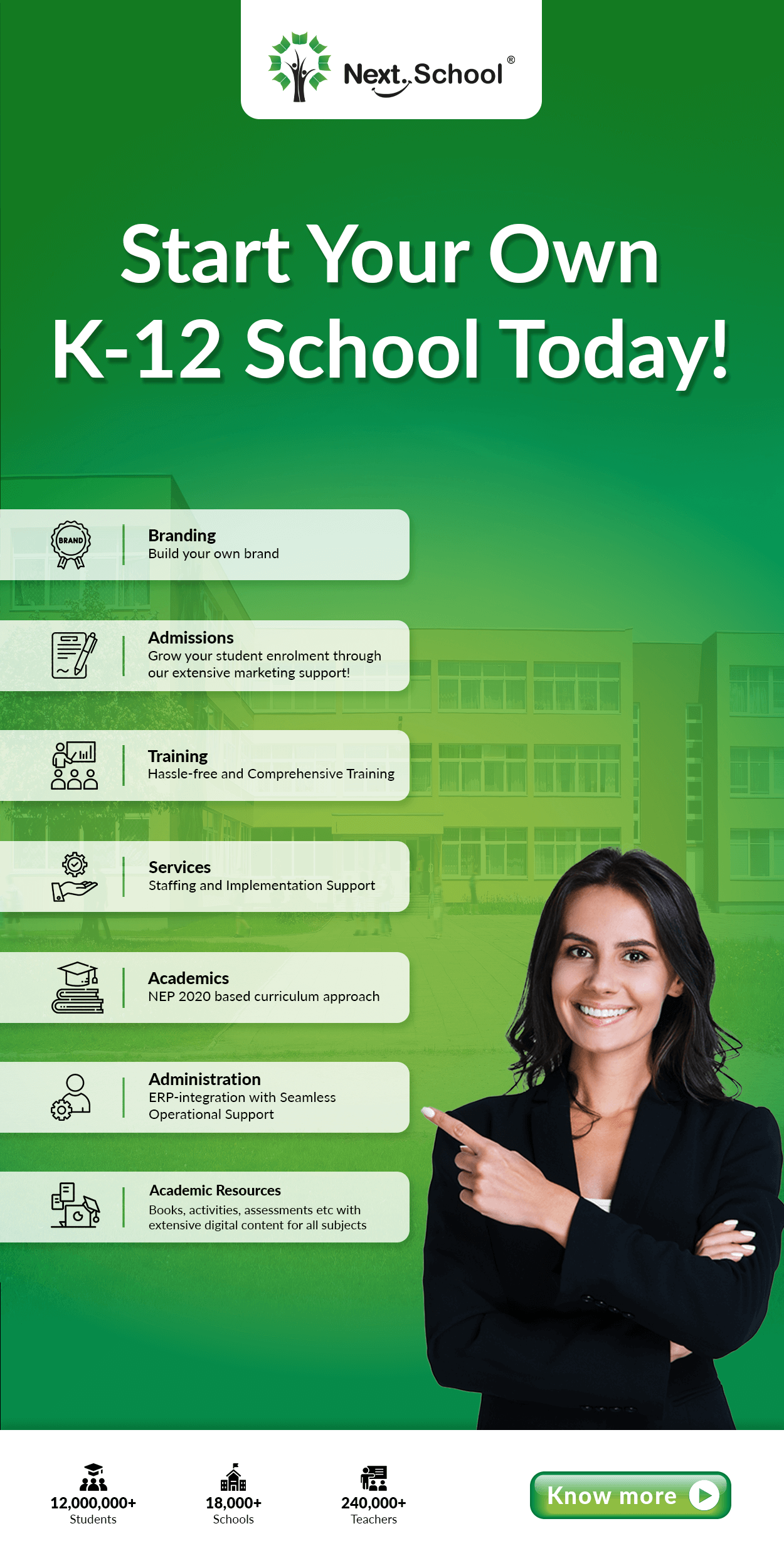My Students Inspire Me Every Day

TODAY’S EDUCATION IS MORE SUCCESSFUL WITH COLLABORATION. A TEACHER SHARES HER EXPERIENCE ON THE WONDERS OF COLLABORATIVE LEARNING.
The classroom is a fun place to be in, especially in today’s time when education is a collaborative, independent and inter-disciplinary domain. All passionate educators would surely share this sentiment of mine. No longer are the students ready to be lectured to. Teachers of today are facilitators who help learners question conventions, explore creative possibilities and contribute to leadership. As new-age educators, we only need to provide students with the wings to fly and wait for the magic to happen. Undoubtedly, the learners today are more confident than ever before.
A few weeks back, I happened to facilitate a First Language English class on a nonfictional article for ninth graders. The article was about a hospital ship, Africa Mercy, anchored off the coast of Sierra Leone. We spent the first week reading the text closely, identifying marine and nautical terminology and inferring their meanings, and comprehending, analysing and commenting on the overall effects of language features of the text. For example, our discussions revolved around ‘creaks and blisters’ on the deck of the ship and the children of the crew who ‘lived in a bubble’.
Finally, it was time for the execution of tasks, such as summarising the article in one’s own words. So, on the last day of the week, i.e. Friday, I divided the class into three groups.
I told my class, ‘On Monday, 28th January, we have a double period. However, I will be on leave. You all will be responsible for conducting the class without any supervision like young, would-be adults.
Barring the jet of questions directed at me following the first sentence, they all nodded in purposeful agreement.
I continued, ‘Each team shall collate points independently, collaborate among themselves and present the summary before the other two teams. All the teams are expected to unanimously decide a marking scheme and give marks to each other based on it.’
The strategy to be implemented was peer-assessment. I further added, ‘No substitute teacher will be provided. Neither will the co-faculty of English as a Second Language combine the two batches.’
On Tuesday night, I received two photographs on WhatsApp from my co-faculty of English. My students had divided the space on the whiteboards and divided it into different sections. They had written learning objectives on the left, criteria of marking on the right, demonstrated evaluation for peerassessment in the centre and also calculated the averages. They had listed Text Analysis, Recording Time, Presentation, Voice Modulation and Team Management under Criteria of Marking and had allotted four marks to each category. They had individually assessed each of the three teams’ presentation and derived team averages.
To my delight, there was a message for me from my students which read, ‘Issani ma’am, please enjoy yourself.’
Upon return to school that week, I learnt that it had taken the class just five minutes to settle down, another 10-15 minutes to discuss and brainstorm points, decide on the sequence and get started. An enthusiastic pupil had voluntarily hosted the day’s double periods and they all heartily enjoyed flipping their First Language English classroom that day!

